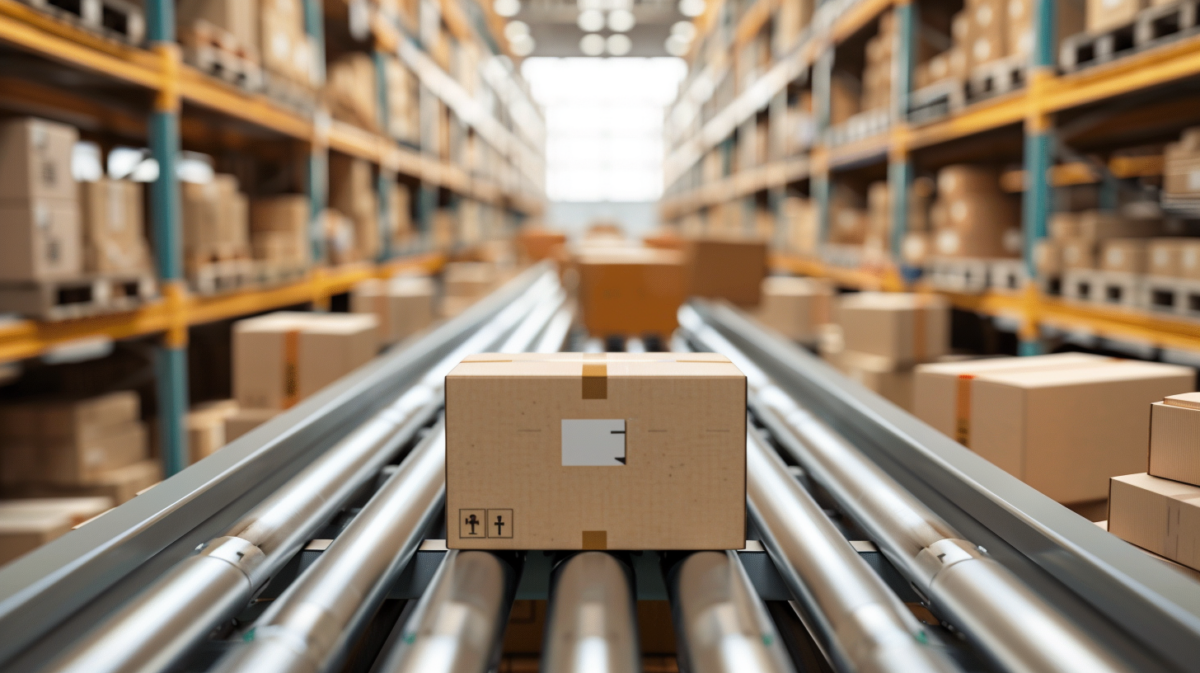The Persistent Challenge of Supply Chain Bottlenecks
In the world of business, supply chain management stands as a critical component of success. But what happens when the smooth flow of operations hits a snag? Bottlenecks, an all-too-common issue in supply chains, can impede business efficiency, causing delays, increased costs, and customer dissatisfaction. Understanding and addressing these bottlenecks is essential for businesses looking to stay competitive and resilient.
Identifying and Overcoming Common Supply Chain Hurdles
1. Recognizing the Red Flags
It’s crucial to identify the signs of a bottleneck. These can range from delayed shipments, and inventory discrepancies, to prolonged lead times. By staying vigilant and monitoring your supply chain closely, you can spot these red flags early.
2. The Root Causes: Uncovering the Source of Delays
Bottlenecks can stem from various sources, such as limited supplier capacity, inefficient logistics, or outdated technology. By pinpointing the exact source, you can target your solutions more effectively.
3. Leveraging Technology for Enhanced Visibility
In today’s tech-driven landscape, utilizing sophisticated software for supply chain management is no longer optional. Tools like AI-powered analytics can predict and prevent potential bottlenecks by offering real-time insights and data-driven forecasts.
4. Building Strong Relationships with Suppliers
A strong rapport with suppliers ensures better communication and flexibility, which is crucial in addressing unforeseen delays. Regular interactions and negotiations can lead to more favorable terms and quicker responses when issues arise.
5. Diversifying the Supply Chain
Diversification can mitigate risks associated with supply chain disruptions, whether in terms of suppliers, transport options, or routes. This strategy provides alternative avenues when your primary option hits a bottleneck.
6. Continuous Improvement and Agile Strategies
Implementing a culture of continuous improvement is vital. Encourage feedback from all levels of the supply chain and be open to adopting agile methods. This approach can lead to innovative solutions that keep your supply chain fluid and responsive.
Practical Advice: Implementing Effective Solutions
1. Conduct Regular Supply Chain Audits
Frequent audits can identify inefficiencies and bottlenecks early. They provide a comprehensive view of your entire supply chain, enabling you to make informed decisions.
2. Foster a Collaborative Environment
Encourage collaboration across all departments. A unified approach ensures that everyone understands their role in alleviating bottlenecks and works together towards common goals.
3. Invest in Training and Development
Equipping your team with the latest knowledge and skills in supply chain management is crucial. Regular training sessions can keep your staff updated and ready to tackle supply chain challenges effectively.
4. Create a Responsive Plan for Crisis Management
Have a contingency plan in place for handling bottlenecks. This plan should outline steps to be taken in case of various disruptions, ensuring a quick and coordinated response.
5. Monitor KPIs Regularly
Keep a close eye on key performance indicators (KPIs) related to supply chain efficiency. Regular monitoring can alert you to any deviations from the norm, signaling potential bottlenecks.
The Path to a Streamlined Supply Chain
Navigating through supply chain bottlenecks requires a proactive and strategic approach. By understanding the common causes, utilizing technology, fostering strong relationships, diversifying your supply chain, and continuously improving, you can transform these challenges into opportunities for growth. Remember, a well-managed supply chain is a vital component in the success and sustainability of your business.
FAQ: Answering Your Key Questions
Q1: How frequently should supply chain audits be conducted?
A: Depending on the size and complexity of your supply chain, audits can be conducted semi-annually or annually for optimal results.
Q2: What are some key KPIs to monitor for identifying bottlenecks?
A: Common KPIs include inventory turnover rates, order fulfillment times, and transportation costs.
Q3: How can small businesses manage supply chain bottlenecks effectively?
A: Small businesses should focus on building strong relationships with key suppliers and investing in scalable, cost-effective technology solutions.
Q4: Can outsourcing logistics help in reducing bottlenecks?
A: Yes, outsourcing logistics to experienced providers can offer more flexibility and efficiency, helping to mitigate bottlenecks.
Q5: Is it feasible for a business to eliminate supply chain bottlenecks?
A: While it’s challenging to eliminate bottlenecks entirely, proactive strategies can significantly reduce their frequency and impact.
